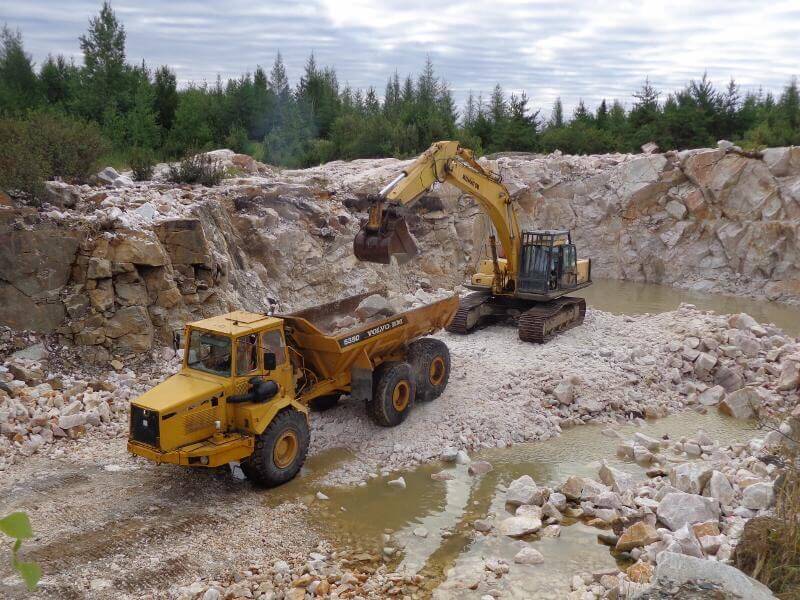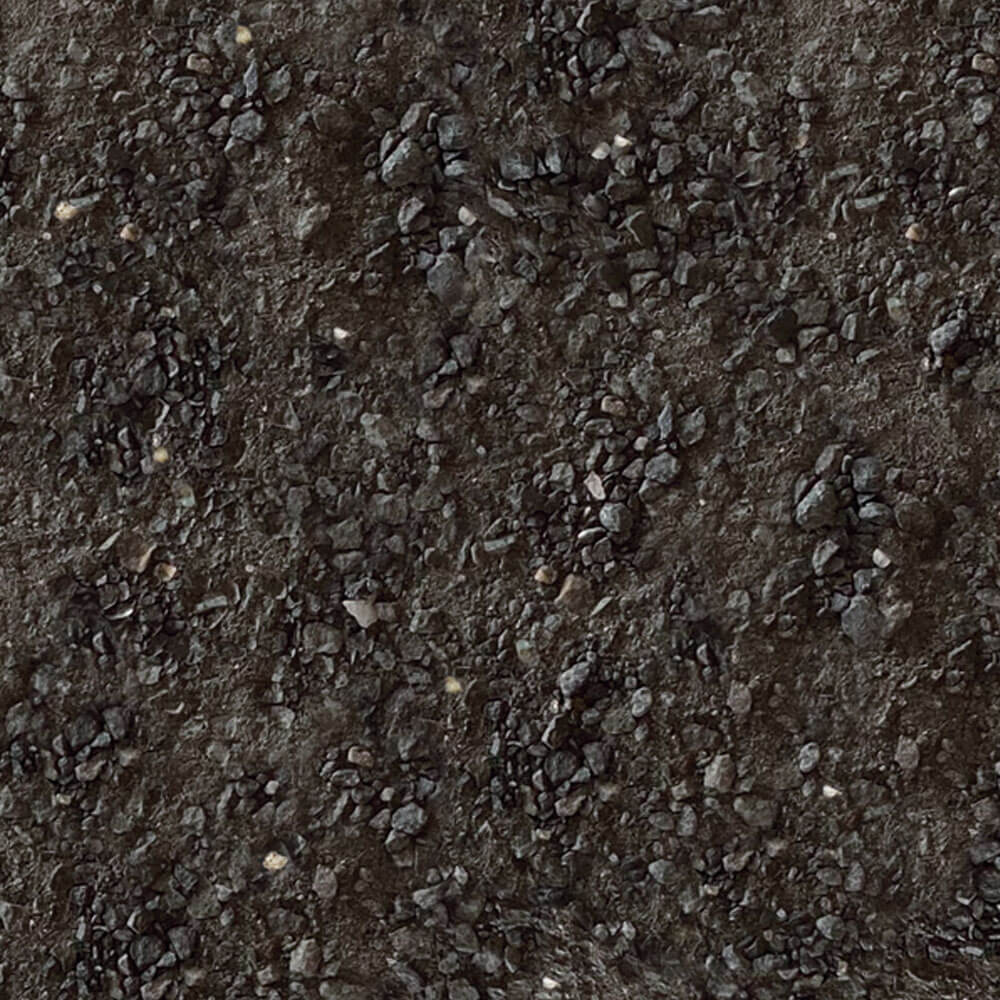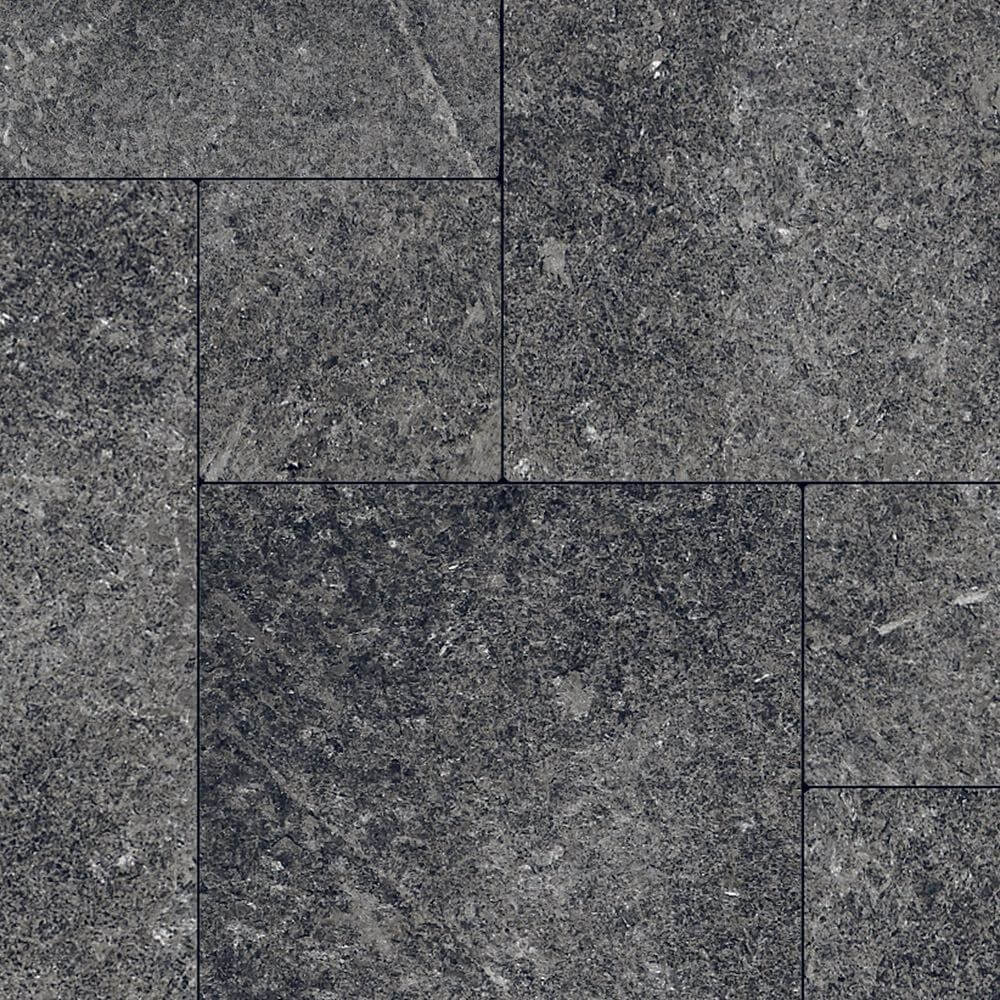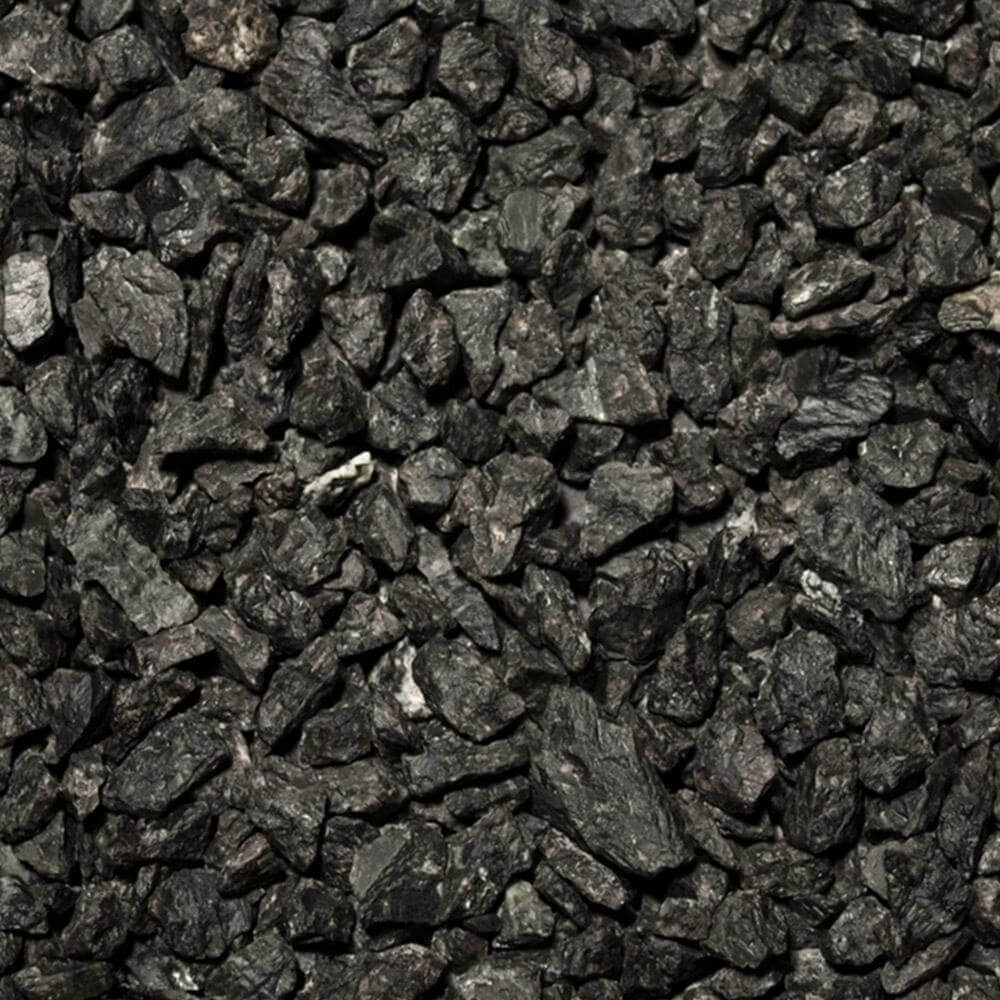Designers, architects, and stone masons get to see quite a variety of stone products, from specialty aggregates to natural stone veneer. Even more people get to see the end results of Kafka Granite’s products—in the form of building facades, bridge overpasses, golf cart pathways, and more. But have you ever wondered about where that stone comes from, and how it came to be? Where, exactly, do we get these striking colors and high-quality material?
Today, we’re backing up a few steps to take a look at the geology of natural stone. And don’t worry if you don’t remember anything from your middle school geology class—we’ve got you covered with this peek into the rock-solid foundation of our industry.
Where Does Natural Stone Come From?
Geology is an earth science that deals with understanding the structure of the planet. It also holds the key to every natural stone product out there. Before the Earth was a solid mass dotted with features like oceans and volcanoes, it was a ball of mineral gases. Natural stone is the result of those mineral gases solidifying and being compressed over millions of years.
As the Earth’s crust solidified, heavier minerals were pushed towards the core of the planet, where they were subjected to intense pressure and high temperatures. Eventually, these newly solidified minerals were pushed upwards towards the surface, where they formed rock beds. Some of these deposits became the very quarries from which we extract our own natural stone today.
3 Rock Types to Know
Quartz, granite, limestone, and marble are just some of the natural stones that we use in our products, but these various kinds of rocks can all be classified into three main types.
Igneous
To put it simply, igneous rocks were here first. This type of rock is created when liquid magma or lava cools down and becomes solid. If that process takes place below the surface of the Earth, it results in intrusive igneous rocks, like granite. But if the lava erupts and cools on the surface, we’re left with extrusive igneous rocks, such as basalt. You’ll find these kinds of rocks everywhere from basins to deep in the oceanic crust.
Sedimentary
Sedimentary rocks are fairly self-explanatory: they’re formed by solidifying sediments, such as volcanic ash. The distinctive mesas that litter the landscape of the American Southwest are a prolific example of sedimentary rock. The exact nature of the sediment determines the type of rock that is formed. Clastic sedimentary rocks, such as shale and sandstone, are created from pieces of pre-existing rocks that become compacted. Organic sedimentary rocks form from plant and animal debris being compacted over millions of years, while chemical sedimentary rock is created by dissolved minerals depositing and solidifying from water.
Metamorphic
Again, the name offers a hint: metamorphic rocks were once igneous or sedimentary rocks that underwent a transformation. That transformation involved extreme conditions, like high heat and pressure, that changed the chemical composition of the rocks. Metamorphic rocks include marble and quartzite, two popular choices for specialty aggregate and stone product manufacturers.
How Does Natural Stone Get Its Color?
If you’ve worked with natural stone before, you’ve likely noticed that no two pieces are exactly the same. In fact, this is one of the major draws of natural stone as a building material; the color variations add a kind of character that is difficult to replicate with man-made products.
So, where does natural stone get its array of colors from? It’s all thanks to the nature of the minerals and other organic components that make up each type of stone. Depending on the exact minerals and the way in which they settle, blocks of stone extracted from the same quarry can vary greatly in color, texture, and pattern. Marble, for example, is widely known for its veined pattern. Those veins are caused by deposits like iron oxide and feldspar. The “purest” marble is largely white and free of color variation, but particular varieties are actually sought after to lend a certain look or color to a project.
Applications of Natural Stone
It’s worth noting that different types of rocks are useful for different building purposes, depending on their hardness and other key physical properties. There are ASTM Standards set out that describe the minimum and maximum specifications for a variety of natural stone types, which is invaluable for quality control.
Today, natural stone is extracted from quarries around the world—Kafka Granite owns a number of them across North America. While our business isn’t nearly as old as the rocks that we crush into specialty aggregates, our decades in the industry have shown us that there are nearly endless uses for natural stone. The material is ideal for thin stone veneer products, where all the color variations of a stone can be put on display. Natural stone can also be used in the creation of retaining walls, accent pieces, pathway mixes, and a whole host of other applications.
Incorporate the Beauty of Natural Stone Into Your Project
Whether you’re an architect seeking a solution for a large commercial project or a designer planning out a rustic, farmhouse-style home, Kafka Granite has the right product for your unique needs. We’re eager to help you find the ideal natural stone product for your project. Contact us today to speak to a knowledgeable sales representative.




